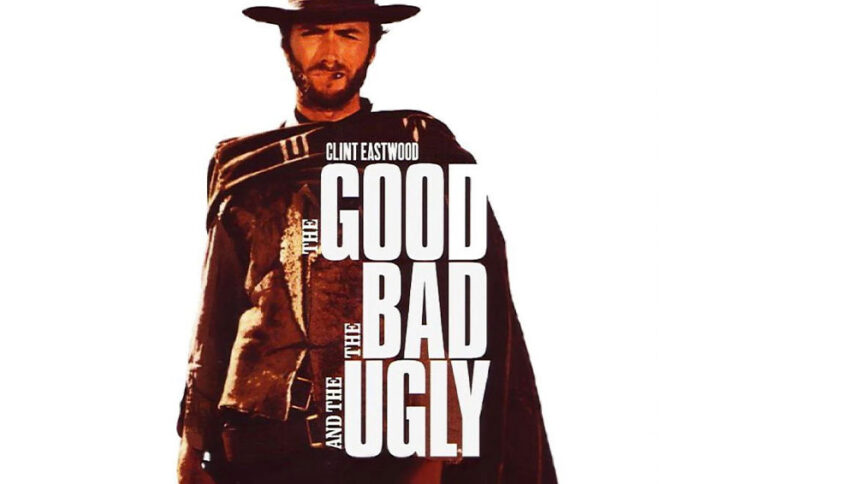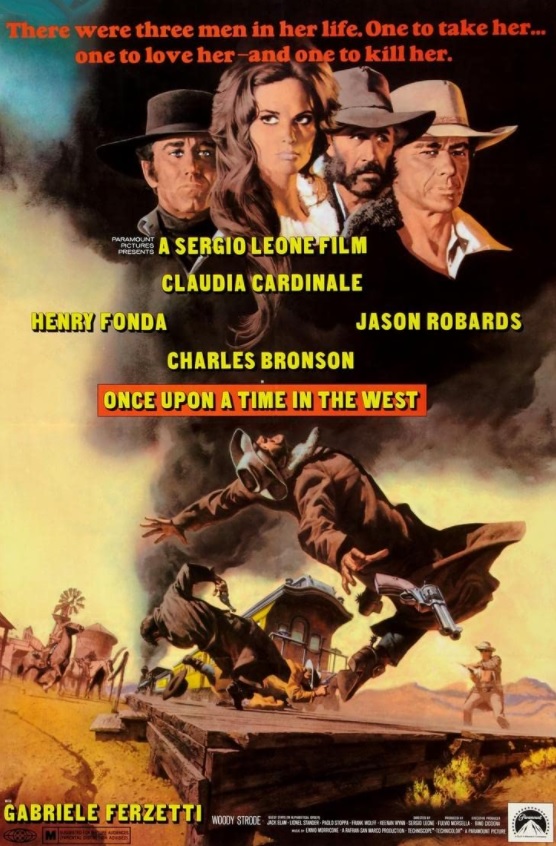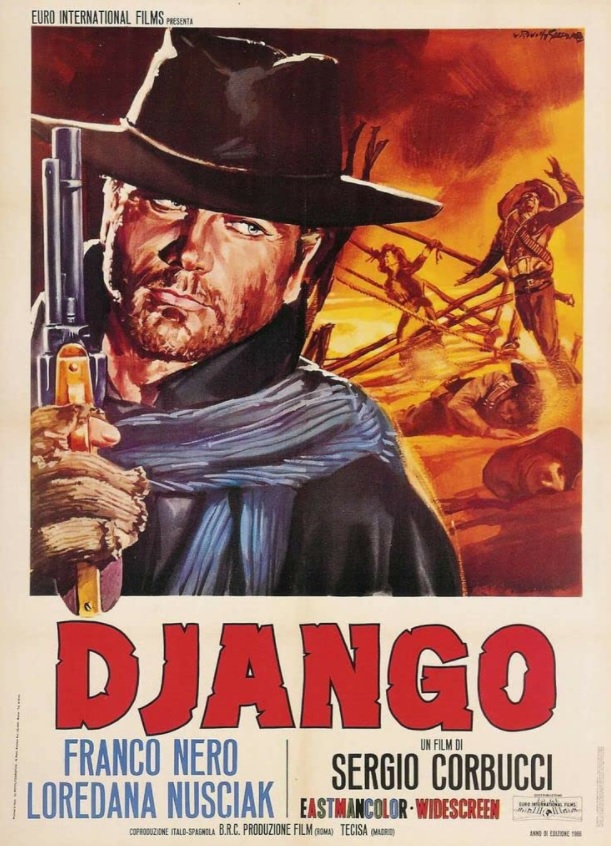
Though now collectively little more than a drop in the bucket of modern filmmaking, Westerns were once a much more popular movie genre. The 1950s through mid-1970s were widely considered to be the height of the genre, a “golden age” of Westerns with figures like John Wayne, Clint Eastwood, and Gary Cooper drawing crowds. The films were so popular, in fact, that their influence can be found in other films made around the time – in the original Willy Wonka and the Chocolate Factory from 1971, Mike Teevee is seen wearing a cowboy outfit, referencing the popularity of the genre at the time.
But what is a “Spaghetti” Western? What distinguishes a “Spaghetti” Western from a regular Western?
“Spaghetti” Westerns are a subgenre of Westerns whose name references the circumstances and location of their filming. Generally, a Spaghetti Western is a low-budget film produced by Italian directors (hence the “spaghetti” connection) and filmed in Europe, primarily in Almería and the Tabernas Desert. Unconstrained by Hollywood’s film regulations (and, in particular, the Hays code which restricted film content at the time), Spaghetti Westerns are far more cynical and violent compared to their contemporary Hollywood cousins. Where a Hollywood Western typically idealizes the Old West, its pioneers, and rugged American individualism, the Spaghetti Western tears off this ideological veil, bringing the corruption, violence, and desperation of the time to the fore (though not always on purpose).
Many Spaghetti Westerns actually eclipsed the popularity of the genre that inspired them, and to this day they serve as inspirations for contemporary film. A number of tropes that continue to influence filmmaking today originated with the “Spaghetti”: western antiheroes; tense, dramatic close-up shots; and a particular style of colorful opening credits among them. These films (and Ennio Morricone in particular) would reinvent the “western sound” into something instantly recognizable and iconic (Masterclass, 2021).
Below are three giants of the Spaghetti Western genre:
The Good, the Bad, and the Ugly (1966)

Set during the Civil War, The Good, the Bad, and the Ugly stars Clint Eastwood as “The Man with No Name”(or, in the movie, “Blondie”) in this story about a trio of bounty hunters in pursuit of $200,000 worth of buried stolen gold, a fortune that would be worth over 7 million today. A story filled with revenge, confrontation, backstabbing, full of Sergio Leone’s signature lingering close-up shots, this film is widely considered to be the definitive Spaghetti Western. It is the last, and considered the best, in Leone’s trilogy of Spaghetti Westerns collectively referred to as “the Dollars trilogy”, including A Fistful of Dollars and For a Few Dollars More.
Once Upon a Time in the West (1968)

Once Upon a Time in the West centers on a pair of conflicts around the fictional town of Flagstone. Directed by Sergio Leone and with a score by the legendary Ennio Morricone (the undisputed king of Spaghetti Western soundtracks), this film was produced after Sergio retired from Westerns following his success with The Good, the Bad, and the Ugly. Paramount Pictures, however, persuaded him to produce one more by providing both the funding and a contract with Henry Fonda (Clint Eastwood turned down a role for this movie). Filled with political and economic corruption, betrayals, and gunfights over a valuable parcel of land, Once Upon a Time in the West is a slower and more thoughtful film, less fiery and spirited than its other noodly siblings.
Django (1966)

Directed by Sergio Corbucci, Django follows a Union soldier and his companion who become embroiled in a conflict between revolutionaries and Confederate Red Shirts (linked article requires IU CAS login). The film developed a reputation soon after its release for being incredibly violent (especially for the 1960s) which negatively impacted its reviews at the time. Only later would it develop a more cult-classic following. Despite its myriad murders, back-stabbings, and the brutal violence that permeates the film, Django is one of the few Spaghetti Westerns to have a more positive and upbeat ending, unlike the more cynical, pyrrhic notes on which many other films in this subgenre ended. The more modern Django Unchained (2012) from director Quentin Tarantino takes inspiration from this film, and Franco Nero (the original Django) actually makes a cameo appearance!
It is always illuminating when directors from one country or region take on the history and myth of another. Spaghetti Westerns offer an outsider take that continues to influence filmmakers’ and audiences’ perceptions of the American West, good, bad, and ugly. JS
**Summary credit to each film’s Wikipedia “plot” section: The Good, The Bad, and The Ugly; Once Upon a Time in the West; Django.
Sources used for additional information:
Masterclass Staff. “Spaghetti Western Film Guide: 5 Spaghetti Western Filmmakers.”. Masterclass.com. August 27, 2021. https://www.masterclass.com/articles/spaghetti-western-film-guide#what-is-a-spaghetti-western
Student blogger Joshua Peters holds a BS in Biology and is currently pursuing a Library Science Master’s degree. This is his first semester working in Media Services as well as his first blog post for Media Beat.
Leave a Reply